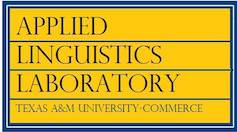Moving forward: Revisiting the Spanish for High Beginners course
DOI:
https://doi.org/10.21283/2376905X.2.55Keywords:
INTENSIVE SPANISH, SPANISH FOR HIGH BEGINNERS, COURSE REDESIGN, COLLABORATIVE LEARNINGAbstract
This paper presents a case study on the redesign of a Spanish for High Beginners (SHB) course at a large metropolitan university in Texas, USA. The first section presents a discussion on the diverse nature of students who can benefit from an intensive first-year Spanish course and the challenges that these learners’ mixed abilities pose for instruction. The second section describes the redesign process of the SHB course, including placement procedures, the Spanish Language Program sequence, and changes in the syllabus to integrate communicative and transcultural competences by implementing a combination of focused instruction, collaborative learning and task-based approaches. The last section introduces a short presentation of four activities implemented in the redesigned course, which provide paths for future development of advanced beginners’ integrative tasks. The final section focuses on the results of an exit survey measuring students’ perceptions of the course. The successful implementation of changes and its outcomes demonstrate that this course could be a relevant solution for Spanish programs at tertiary institutions with diverse populations, helping to solve challenges of placement, articulation, and time-to-graduation effectiveness.
Downloads
Published
How to Cite
License
Copyright (c) 2015 Flavia Belpoliti

This work is licensed under a Creative Commons Attribution 4.0 International License.


